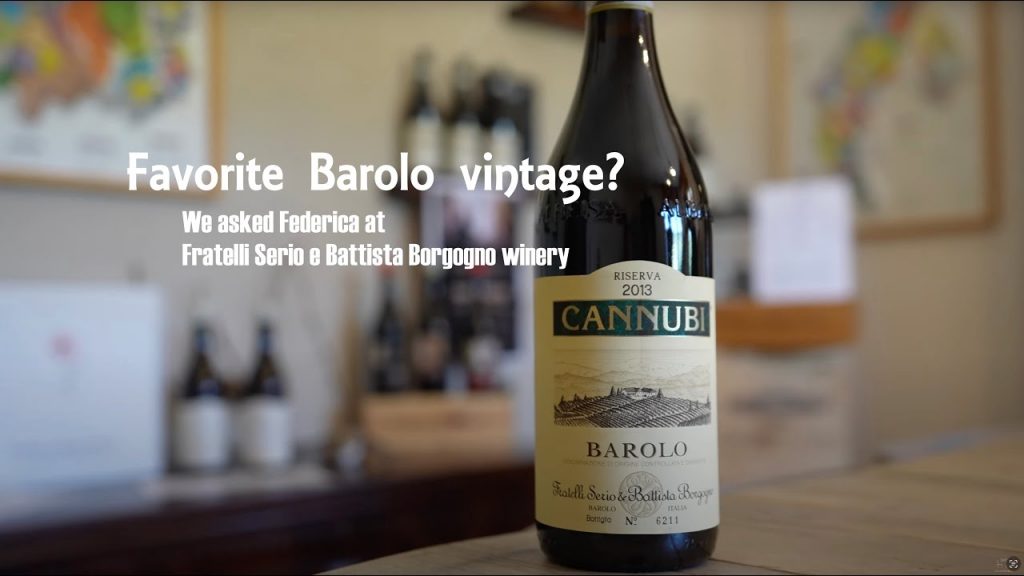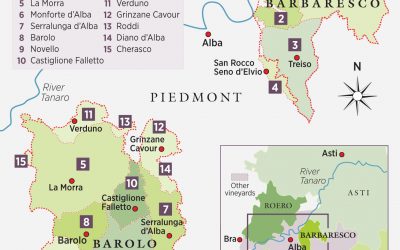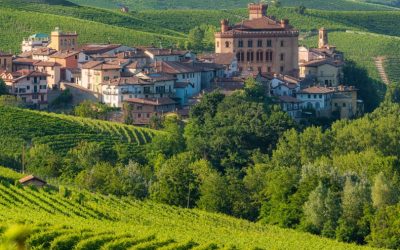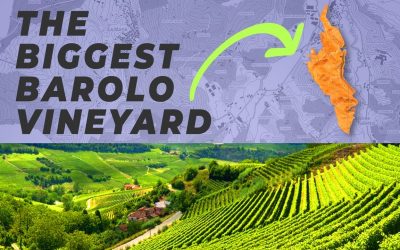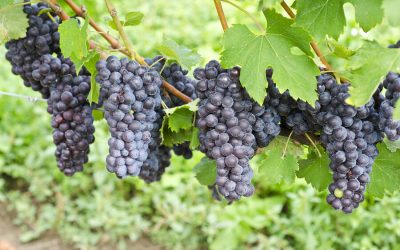Piedmont Wines Vintage Chart: Understanding the Aging Process of Barolo Wine
Barolo, often referred to as the “king of wines and the wine of kings”, is one of Italy’s most prestigious wines, originating from the Piedmont region. This noble wine is known for its rich flavors, deep complexity, and extraordinary aging potential. To fully appreciate a bottle of Barolo, understanding its aging process and vintage variations is crucial. In this guide, we’ll delve into the Piedmont Wines Vintage Chart, helping you grasp the essence of Barolo’s maturation process and the characteristics that define each vintage year.
By reading this article, you will learn how to interpret the vintage chart, understand the influences of different growing seasons on the resulting wines, and gain insight into the aging trajectory of Barolo wine. Whether you’re a seasoned sommelier or a novice wine enthusiast, this guide will enhance your appreciation and understanding of this iconic Italian wine. Let’s start our journey into the world of Barolo, where tradition and time interweave to create a symphony of flavors savored by wine lovers worldwide.
What is Wine Aging?
Wine aging is the process through which wine evolves and improves in taste, aroma, and complexity over time. This is a consequence of the chemical reactions that occur among sugars, acids, and compounds such as tannins present in the wine. The process can significantly alter the wine’s characteristics, often enhancing its flavors, softening its textures, and developing its unique aroma.
How Does Barolo Wine Age?
Barolo is a robust, full-bodied wine known for its strong tannins and high acidity – characteristics that make it highly suitable for long aging. As Barolo wine ages, its tannins, which can be quite aggressive when the wine is young, gradually soften. This process enhances the wine’s complexity and depth of flavor, allowing its underlying fruit and spice notes to come forward.
Piedmont Wines Vintage Chart
| Vintage Year | Score | Drink Window | Description |
|---|---|---|---|
| 2018 | 93 | Drink or hold | A cooler growing season yielded fresh, elegant Barolos, open-knit with vibrant acidity, light tannins and expressive fruit and floral flavors for earlier drinking |
| 2017 | 94 | Drink or hold | Spring rains mitigated the hot, dry summer, with an ideal September for ripening Nebbiolo. The best Barolos and Barbarescos are fresh and balanced, evoking red fruit flavors |
| 2016 | 98 | Drink or hold | A cooler year with a slow start and adequate rainfall resulted in a long growing season and ideal harvest conditions. Balanced, vibrant and tense Barolos; refined, elegant Barbarescos |
| 2015 | 95 | Drink or Hold | Winter snow and spring rain provided water reserves for the vines during the hot summer, resulting in vibrant Barolos with red fruit flavors and rich Barbarescos, all showing balance |
| 2014 | 92 | Drink or hold | Challenging growing season, wet and cool, with good September and October weather benefiting late-ripening Nebbiolo; better in Barbaresco due to less rain |
| 2013 | 96 | Hold | A cooler growing season and late harvest resulted in wines of purity and finesse, with fine acidity; best Barolos since 2010 |
| 2012 | 94 | Drink or hold | Barolos are elegant, balanced and expressive, with fruit and savory elements; elegant, intense, even austere Barbarescos |
| 2011 | 93 | Drink or hold | Rich, fleshy Barolos and balanced Barbarescos; the best have vibrant structures for aging. A fine year for Barbera |
| 2010 | 97 | Drink or hold | A cool growing season and ideal weather before harvest; pure, elegant and structured reds, with fine potential for aging |
| 2009 | 90 | Drink | A warm year with inconsistent ripening; the best reds offer immediate fruit and flesh, others show underripe tannins |
| 2008 | 94 | Drink or hold | Warm late season rescued a cooler-than-average vintage; ripe reds show good structure, purity and elegance |
| 2007 | 95 | Drink or hold | A warm, dry year; wines offer flesh and immediate appeal |
| 2006 | 95 | Drink or hold | Many outstanding reds; cool weather made austere, muscular Nebbiolos with aging potential |
| 2005 | 91 | Drink | Balanced and elegant reds, delivering fruit and ripe tannins for producers who worked well in the vineyard |
| 2004 | 94 | Drink or hold | Fresh, harmonious, perfumed reds; hitting its peak now |
| 2003 | 88 | Drink | Many unbalanced wines due to an extremely hot growing season, but some nice surprises. Barberas very successful |
| 2002 | 72 | Past peak | A washout; many wines unripe or diluted. Early-drinkers |
| 2001 | 95 | Drink or hold | Aromatic, structured and firm reds with racy character |
| 2000 | 93 | Drink | Rich and opulent reds with round tannins and exciting fruit; more forward in style |
| 1999 | 94 | Drink or hold | Balanced reds with firm tannins and bright fruit |
| 1998 | 91 | Drink | Ripe, fruity and silky; very harmonious and refined |
| 1997 | 93 | Drink | Superripe, opulent, flamboyant wines |
| 1996 | 98 | Drink or hold | Textbook Barolo and Barbaresco; structured, fruity, racy reds |
| 1995 | 88 | Drink | Very good quality, but some hail damage; stick to top producers |
Are Barolo wines from Piedmont worth aging? Based on the vintage chart, Barolo wines from Piedmont indeed benefit significantly from aging. Notable vintages like 2016 and 2010 have high scores and are marked as ‘Drink or hold’, indicating their potential to further improve with age.
How does the vintage chart inform wine selection? The vintage chart is a valuable tool for wine selection. By understanding the score, drink window, and descriptions, wine enthusiasts can make informed decisions on which vintages to purchase, whether to drink or age them, and what flavor profiles to expect.
Vintage Ratings and Drinkability
Vintage ratings provide a general guide to the quality and character of the wines produced in a particular region in a specific year. They reflect the conditions of the growing season and can indicate the wine’s aging potential. For instance, the 2016 Barolo vintage has a high rating of 98 and is suggested for “Drink or hold,” indicating it is already approachable but can continue to improve with further aging. In contrast, the 2002 vintage has a much lower score and is listed as “Past peak,” meaning the wines from this year have likely passed their optimal drinking period.
The Impact of Growing Season and Harvest Conditions
The quality and character of a Barolo wine are deeply influenced by the weather conditions of its growing season. Cooler years with adequate rainfall, such as 2016, often lead to balanced wines with a vibrant character and excellent aging potential. In contrast, warm, dry years might result in wines that are rich and fleshy, with immediate appeal but potentially less aging potential.
Ideal Aging Conditions
To age gracefully, Barolo, like all wines, requires proper storage conditions. These include a stable, cool temperature (ideally around 55°F or 13°C), high humidity to prevent the cork from drying out, and a dark, vibration-free environment.
Deciding When to Drink
Deciding when to drink a Barolo can be guided by the vintage chart, but ultimately it also comes down to personal preference. Some people might prefer the vibrant fruit and firm structure of a young Barolo, while others might favor the complex, softened characteristics that come with age. Keep in mind that the wine’s evolution in the bottle is a continual process, and each stage of its life can offer a unique and enjoyable drinking experience.
Favorite Barolo Vintage?
